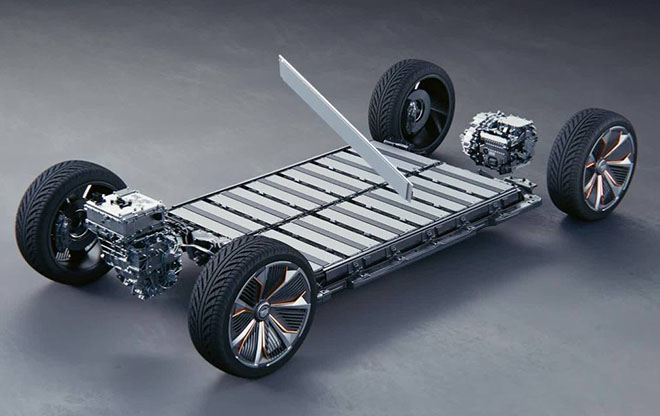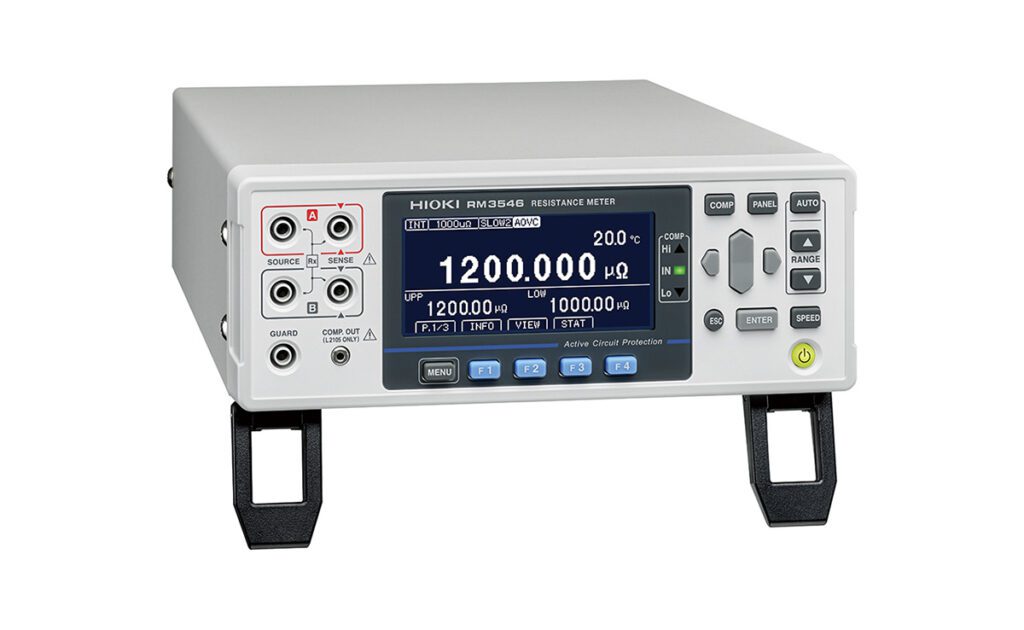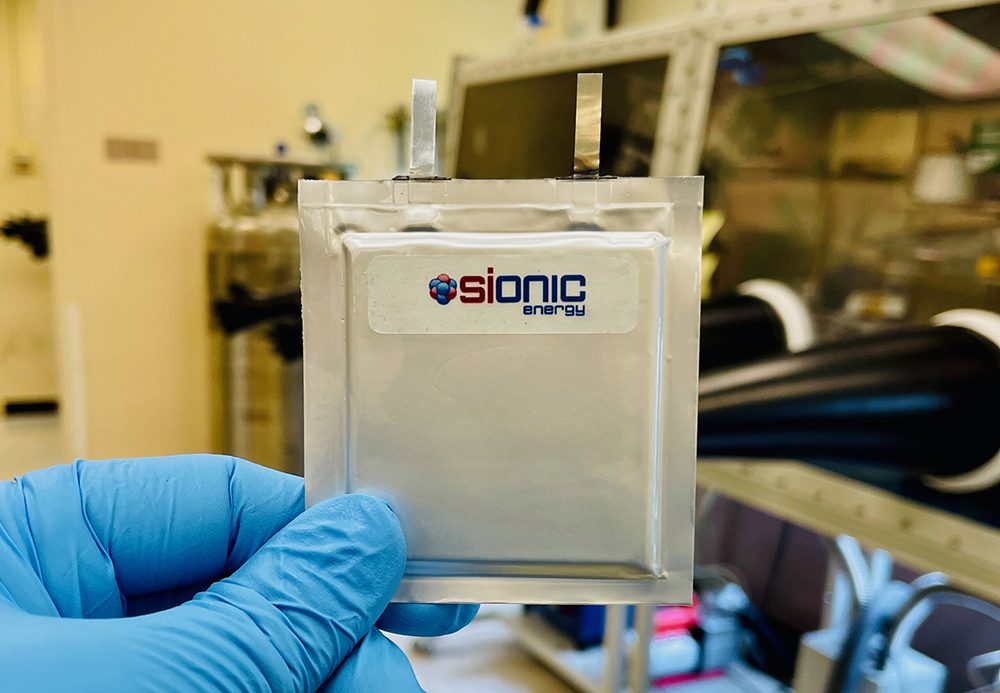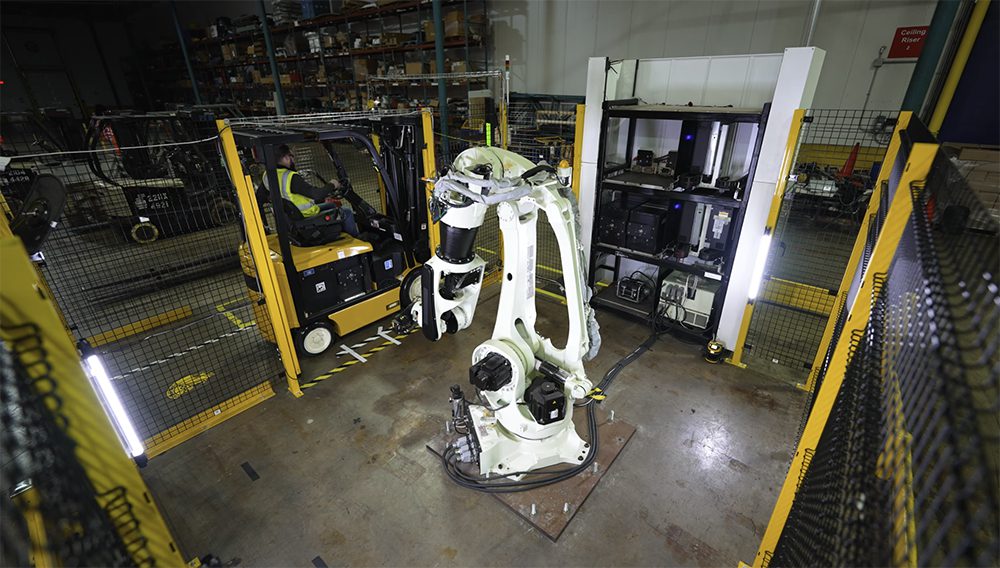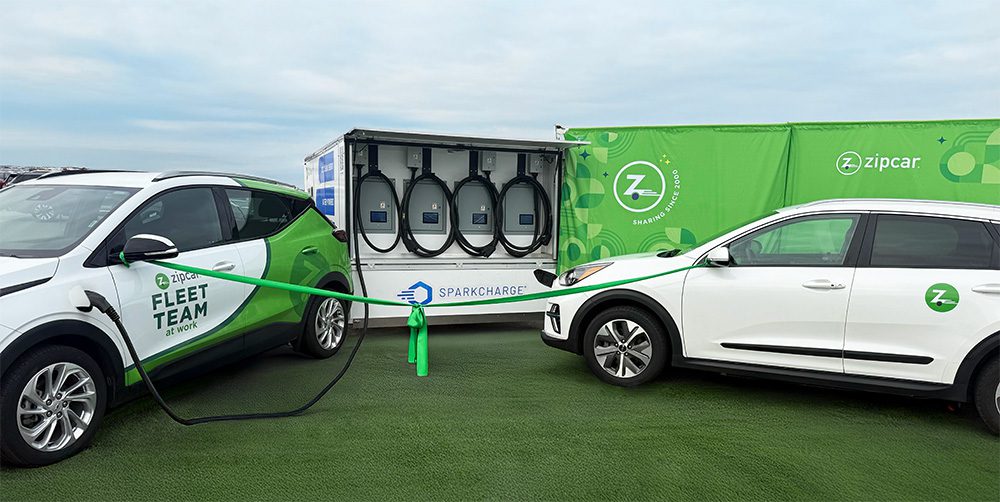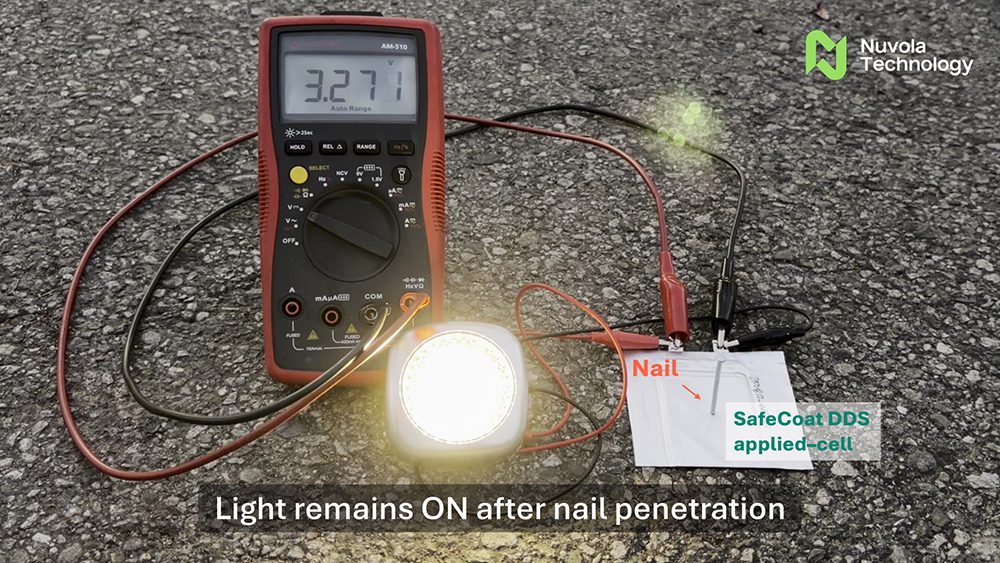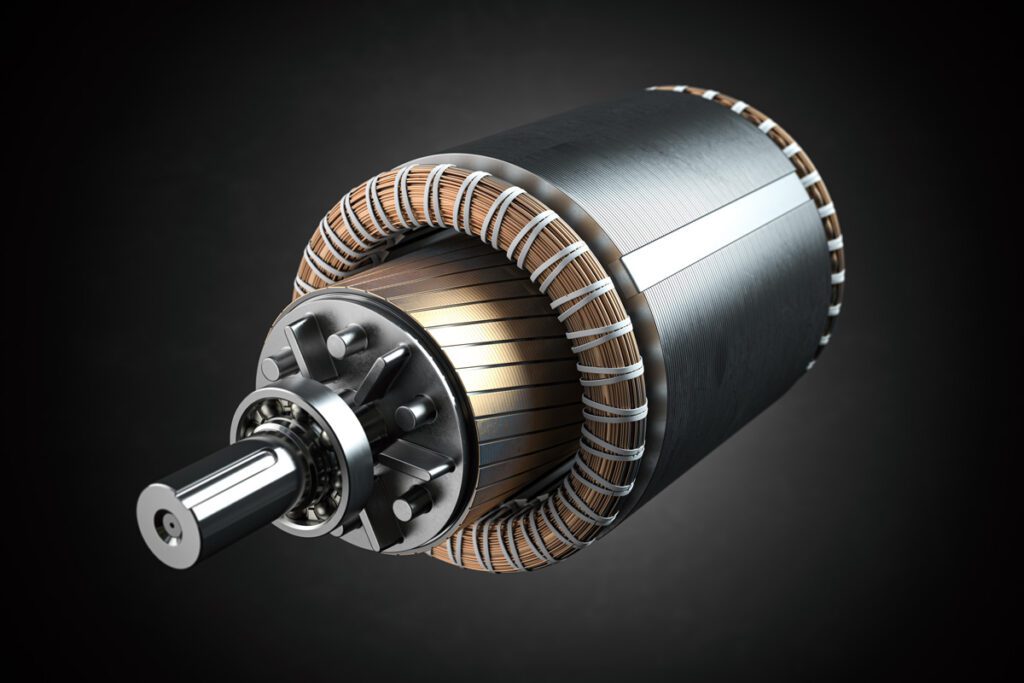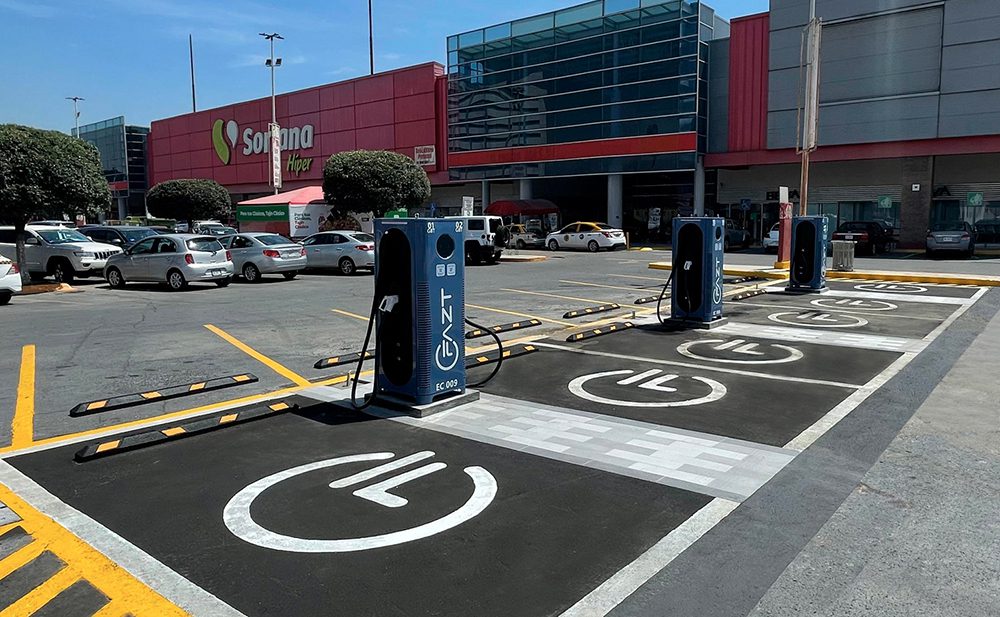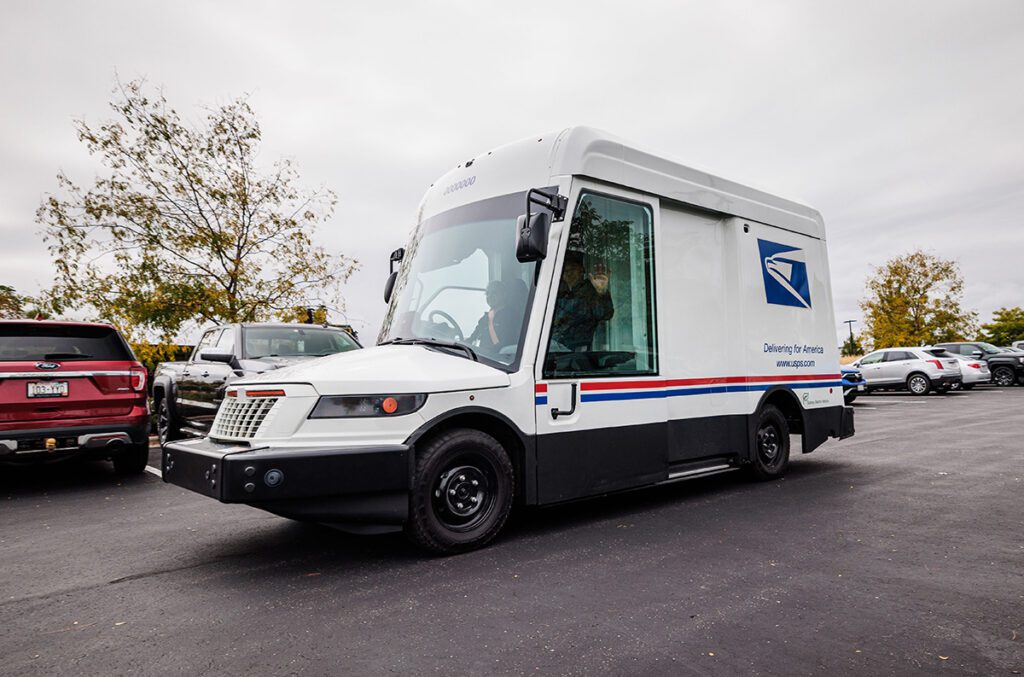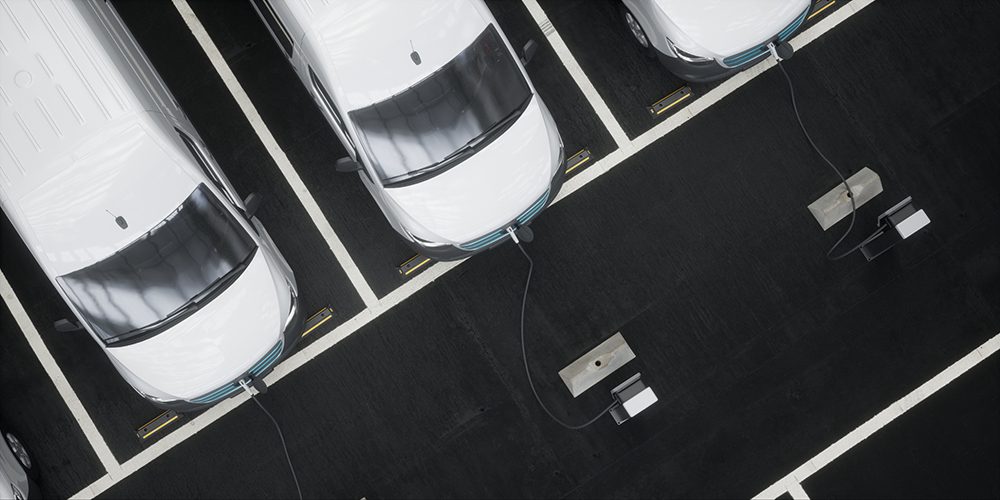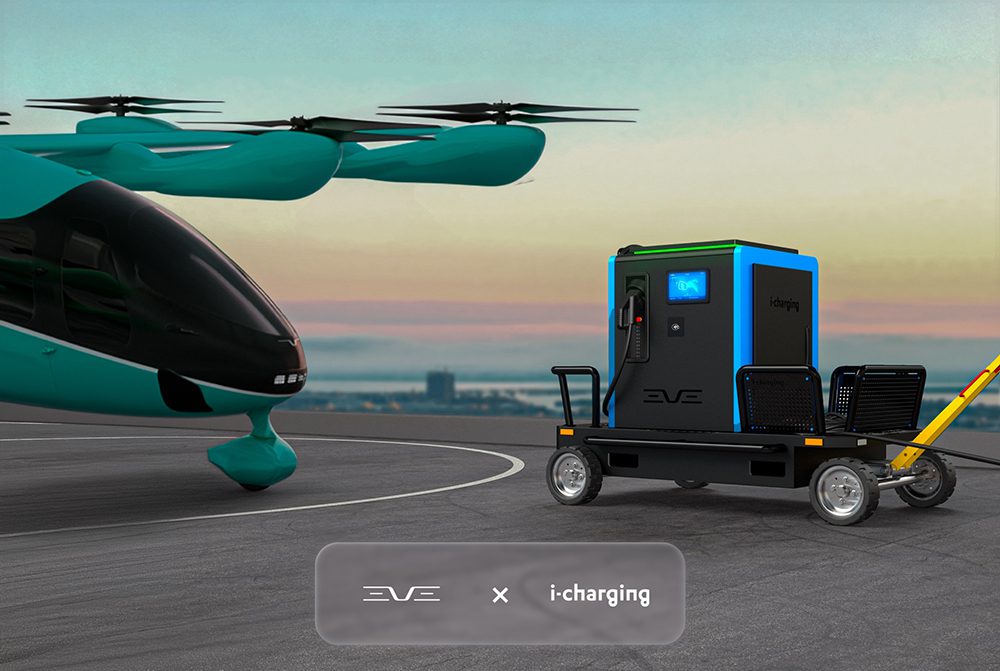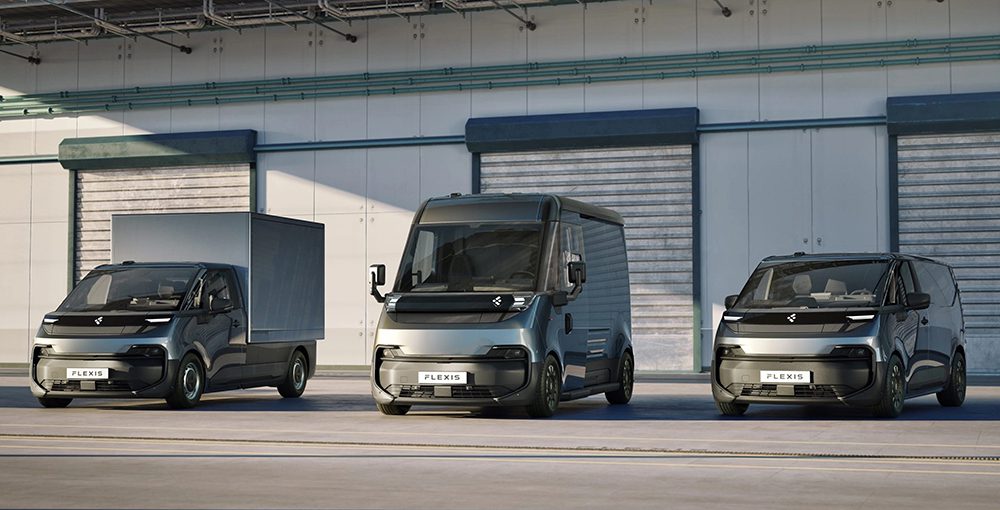GM has big plans to release as many as 30 new EV models by 2025—the company claims that, by 2035, its only ICE vehicles will be heavy-duty trucks. The new Ultium battery system is at the heart of GM’s electrification strategy.
GM says the Ultium system delivers a pack-level cost close to the magic number of $100 per kWh—a tenth of the cost of the batteries that powered the 2010 Volt, and a price point that will finally make selling EVs a profitable proposition.
The heart of the Ultium system is a pouch-type lithium-ion cell, 23 x 4 x 0.4 inches in size, weighing about 3 pounds, with a gross energy capacity of 0.37 kWh. Each Ultium pack will have a usable capacity between 50 kWh (144 cells) and 200 kWh (576 cells), enabling up to 450 miles of range.
GM will produce Ultium cells in a joint venture with LG Chem at two new factories in Ohio and Tennessee. The plants are to come online by the end of 2023, with a combined capacity of 70 GWh worth of batteries per year, which Car and Driver estimates will be enough to power about 750,000 vehicles.
GM has been sourcing batteries (and many other components) from LG since the introduction of the Volt, and during this time both the size and chemistry of the cells have evolved considerably. The Ultium cell relies on a nickel-cobalt-manganese-aluminum chemistry, and requires 70 percent less cobalt than the cells used in the current Bolt EV.
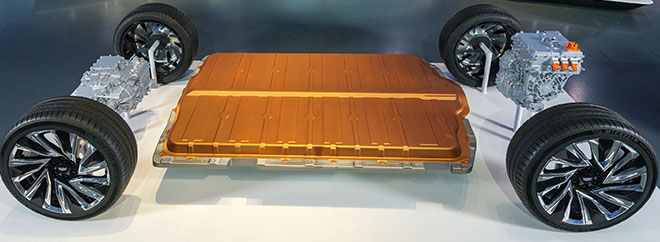
The Ultium cells can be installed in different positions (flat or upright), giving engineers flexibility in designing a battery pack to fit the available space in a vehicle. GM asssembles the cells into modules of 24 cells each. In the upcoming GMC Hummer EV, 12 modules are wired in series to make one 400-volt, 100 kWh layer. Two layers are connected in parallel to form a pack with a total usable capacity of 200 kWh.
The Hummer’s pack will allow the top and bottom layers to be temporarily switched from a parallel to a series connection, doubling the voltage to 800 V, and allowing the vehicle to charge at 350 kW at the new 800-volt charging stations being deployed by Electrify America. GM says the ability to switch between 400- and 800-volt operation is a cheaper solution than a dedicated 800-volt system like that used by the Porsche Taycan.
Tim Grewe, GM’s Global Electrification and Battery Systems Director, told Car and Driver that the Ultium pack does not suffer capacity loss from excessive DC fast charging, so GM will not advise users to charge the pack to less than 100 percent. He also promises that the Ultium pack will last longer than that used in the Bolt EV—between 150,000 and 250,000 miles in real-world usage.
Another innovation found in the Ultium battery pack is wireless cell monitoring. Each group of two or three cells wired in parallel broadcasts key information such as temperature and voltage several times per second. This allows the amount of wiring to be reduced by as much as 80 percent compared with the Bolt’s pack.
Source: Car and Driver







